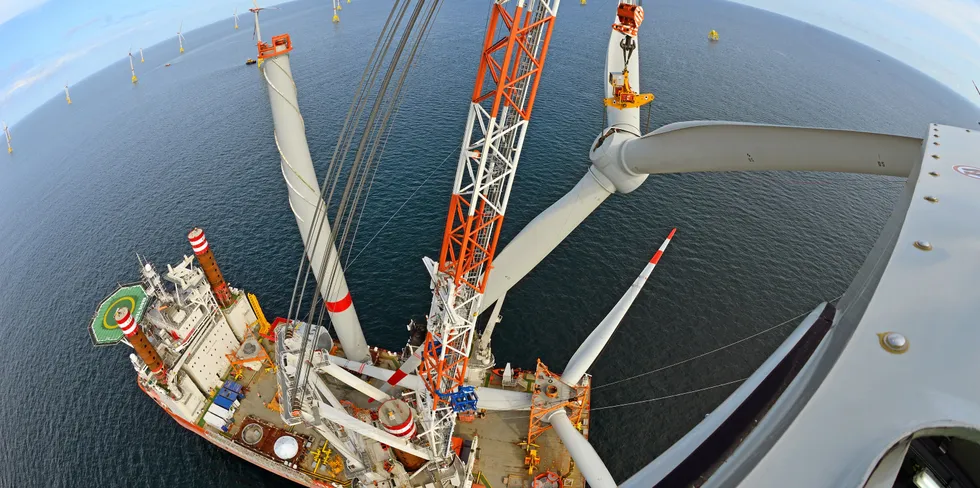Brazil bounds forward to lead bullish global offshore wind project pipeline race: RCG
South American nation – yet to install a turbine in its waters – now has 97GW 'in development', with UK, Vietnam, China and Taiwan rounding out top five markets, as more than 200GW of project announced globally in 2021, says researcher's new report
